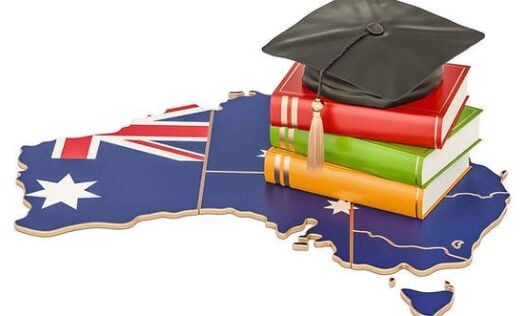Payment is being processed. Please do not refresh or close this page until your payment is complete.
 Book an Appointment
Book an Appointment

Australia's Home Affairs
Department has formalized a fresh approach to student visas, aligning with the
government's latest migration strategy. Once the new framework is implemented,
student visa applications will be prioritised based on institution.
Under the new framework, each CRICOS-registered
education provider is assigned an evidence level (1, 2, or 3). Immigration
officials will use this ranking to prioritize visa applications, granting
faster processing times for level 1 providers. The government clarified in the
migration strategy that higher-risk providers can anticipate slower processing
times as visa decision makers assess both the integrity of the institution and
the individual student applicants.
Minister for Home Affairs, Clare O'Neil, signed
a directive on December 14, outlining how visa applications from international
students will be prioritized based on the risk level of their chosen
institutions.
The move is a response to the commitment
outlined in Australia's new migration strategy, emphasizing the need to
"apply greater and more targeted scrutiny" to visa applications from
students intending to study at high-risk institutions. The directive
acknowledges the necessity to manage the surging demand for student visas in an
organized manner.
The directive, effective as of December, comes
ahead of the upcoming academic year, as promised in the government's
commitment. Priority will be given to various student visa types, with a focus
on applications from outside Australia for sectors such as schools, foreign
affairs or defense, and postgraduate research. Additionally, priority is
granted to higher education, ELICOS, VET, and non-award sector applicants
studying at an education provider with evidence level 1. Subsequent entrant
applications lodged outside Australia that include an unmarried family member
under 18 years and all Student Guardian visa applications also receive high
priority.
The Home Affairs Department indicates that
evidence-level indicators include visa cancellations, refusals, and instances
of overstaying. Notably, student visas are tied to the initial institution of enrolment
for new arrivals. Looking ahead, the government plans to introduce a new
Genuine Student Test, with further details expected in early 2024. This comprehensive framework reflects Australia's commitment to ensuring
the integrity of its international education sector while meeting the
increasing demand for student visas in a systematic manner.